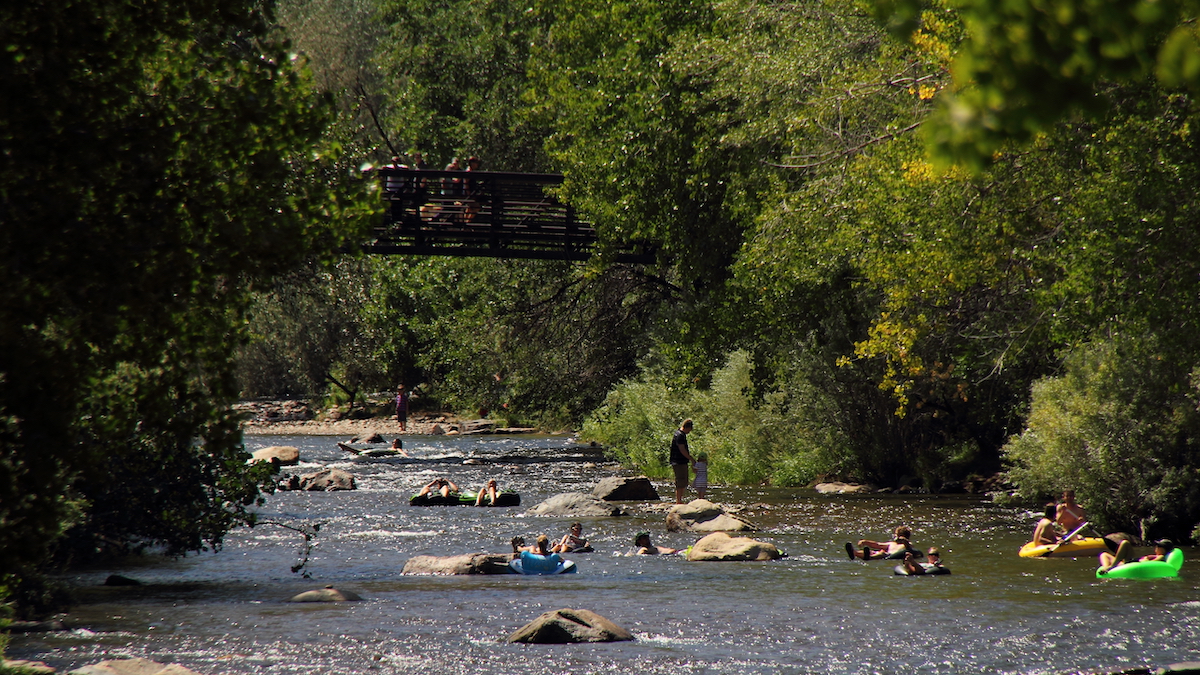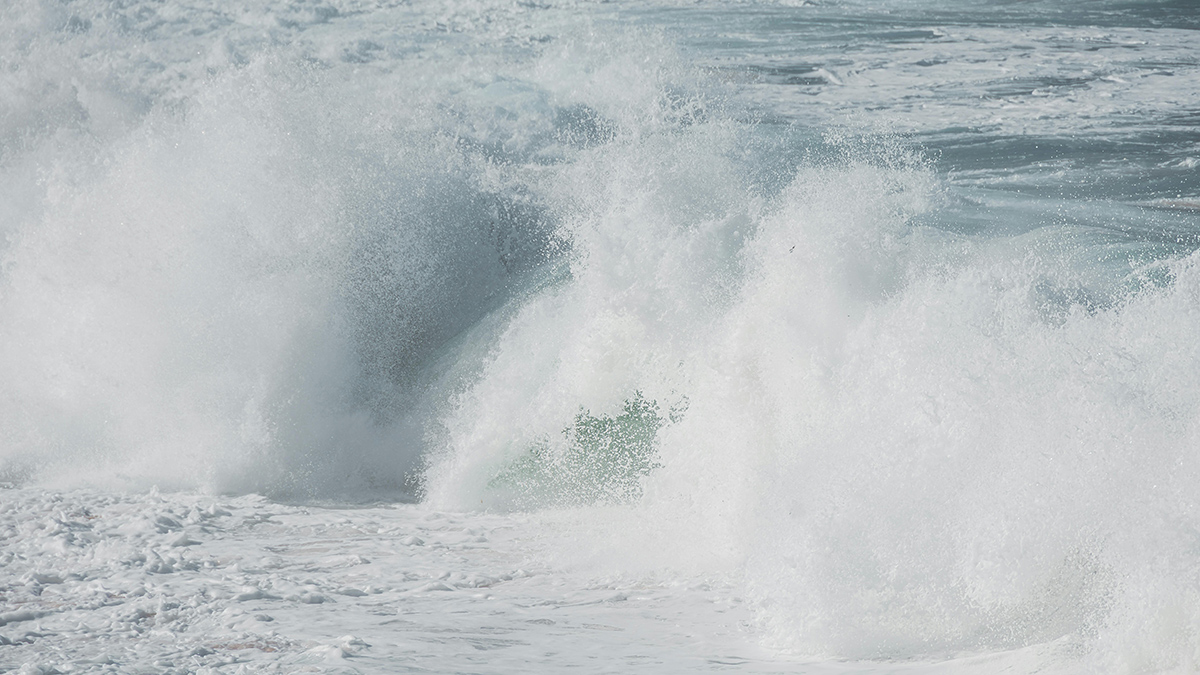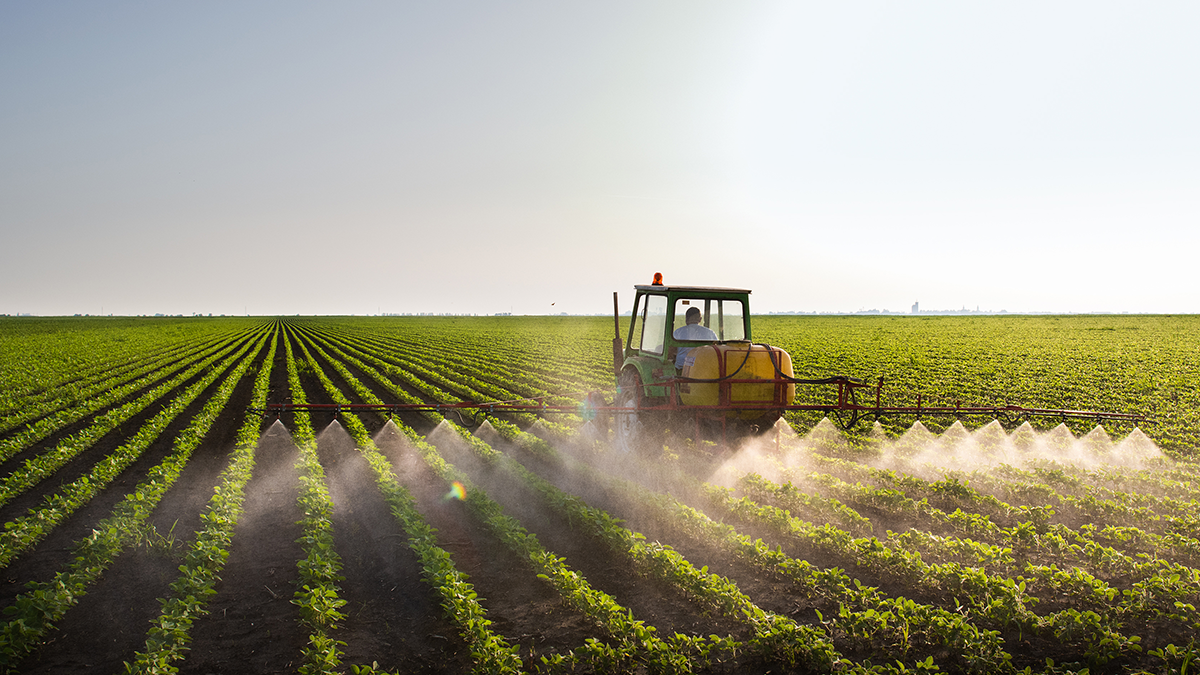Holiday weekend tubing introduces toxic chemicals and shifts microbial communities in a popular Colorado river.
water pollution
Motorized Boats Likely Adding Toxins to Michigan Lakes
Researchers found naphthalene, an EPA top priority pollutant, in two Michigan lakes.
Water Scarcity Likely to Increase in the Coming Decades
Hydrological modeling suggests that by 2100 more than 65% of the world’s population might, at least sporadically, lack access to clean water.
Toxic Metal on the Rise in the Baltic Sea
Postwar reconstruction is likely the cause of elevated thallium levels, but low-oxygen, high-sulfide conditions keep the material, which is extremely dangerous to mammalian health, from moving into the human food chain.
Forever Chemicals Are Raining Down on the Great Lakes
PFAS levels are growing in some of the Great Lakes, and precipitation is a big contributor.
Ocean Waves Mist Decades-Old PFAS into the Atmosphere
“Forever chemicals” enter the air as sea spray aerosols, polluting coastlines and beyond.
Chemodiversity Could Indicate Freshwater Ecosystem Health
High-resolution mass spectrometry provides innovative analyses of dissolved organic matter.
Ignored Paths of Uranium Exposure Illuminated by Havasupai Tribe
An agency-tribal partnership is identifying exposure risks previously not considered in mining risk assessments.
What Happens to Nutrients After They Leave Agricultural Fields?
To better quantify the fate of nutrients after they are released from agricultural fields, scientists examine storage and nitrate export regimes in agricultural hydrology systems.
Even Treated Sewage Harms Freshwater Ecosystems
In a controlled experiment, researchers diverted wastewater from an advanced treatment facility into a healthy stream and monitored the unfolding ecological effects.










